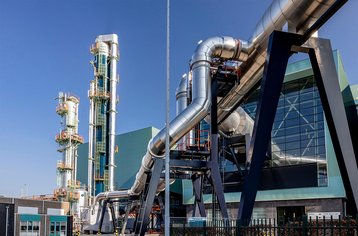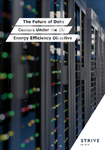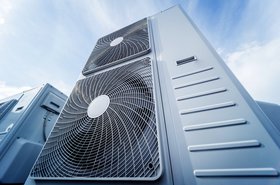Microsoft has signed a carbon removal agreement with CO280 to purchase 3.685 million tons of CO2 over a 12-year period.
CO280, a Canadian based CO2 removal firm, retrofits existing pulp and paper mills with carbon capture units to capture biogenic CO2 from boiler stack emissions for permanent geological storage.
"The CO280 strategy of adding carbon removal to existing paper mills is an efficient way to quickly scale carbon removal and bolster investment and jobs into timberland communities across the United States," said Brian Marrs, senior director of energy & carbon removal at Microsoft.
CO280 is currently developing more than ten projects, five of which are expected to deliver removals by 2030. The company claims it can scale its solution rapidly due to its close partnership with the US pulp and paper sector, which has broadly committed to sustainable biomass sourcing.
CO280 claims that the US sector is perfectly positioned to take advantage of the technology, with more than 75 percent of US paper and pulp mills within 100 miles of geological storage sites.
"CO280 is committed to delivering the highest quality, permanent carbon dioxide removal while supporting the economic and environmental health of the communities we serve. We're incredibly grateful to Microsoft for their collaboration, leadership, and commitment to CDR excellence," said Jonathan Rhone, co-founder and CEO of CO280.
The projects will utilize SLB Capturi’s standard, modular Just Catch design. Just Catch is a standardized carbon capture plant, which is designed to be retrofitted into existing industrial facilities to capture and sequester carbon for long-term storage.
At present, the plant can be delivered with capacities of 100,000 and 400,000 tons of CO2 per year. In addition, according to the company, its modular design means for a quicker delivery timeline of between 22-30 months. The plants are also prefabricated and 100 percent automated.
In addition, according to CO280, the technology has the ability to utilize excess waste heat and/or waste biomass to power the carbon capture plants, which can greatly improve their energy efficiency.
SLB Capturi installed its first Just Catch carbon removal unit in January this year at Dutch waste management firm Twence’s energy-from-waste (EfW) facility in Hengelo, Netherlands. The plant has the capacity to capture upwards of 100,000 tons of CO2 per year.
SLB Capturi is a joint venture between SLB and Aker Carbon Capture, which was initially created in June 2024.
CO280 is not the only company exploring the retrofit of industrial facilities with carbon capture that has drawn interest from the data center sector. Earlier this month, carbon removal consortium Frontier - which includes Google and Meta - signed a CO2 removal deal with Hafslund Celsio, Norway's largest EfW plant, to retrofit the facility with a carbon capture system. As part of the offtaker agreement, Frontier will pay 31.6 million to facilitate the removal of 100,000 tons of CO2 between 2029 and 2030.
Despite its growing popularity, carbon capture and storage systems still face several hurdles, with general uncertainty around its business model and high costs from pilot projects sewing doubt upon its long-term viability.
The agreement with CO280 is Microsoft's sixth carbon removal agreement so far in 2025. Earlier this month, the company agreed to purchase 12,000 tons of CO2 removals from Enhanced Rock Weathering company Terradot.
Before this, Microsoft signed three removal agreements with reforestation firms. These included an agreement to remove 1.5 million tons of CO2 in India, a 25-year agreement with Chestnut Carbon to purchase seven million carbon credits, and another 25-year deal in Brazil with Re.green to purchase 3.5 million credits.







